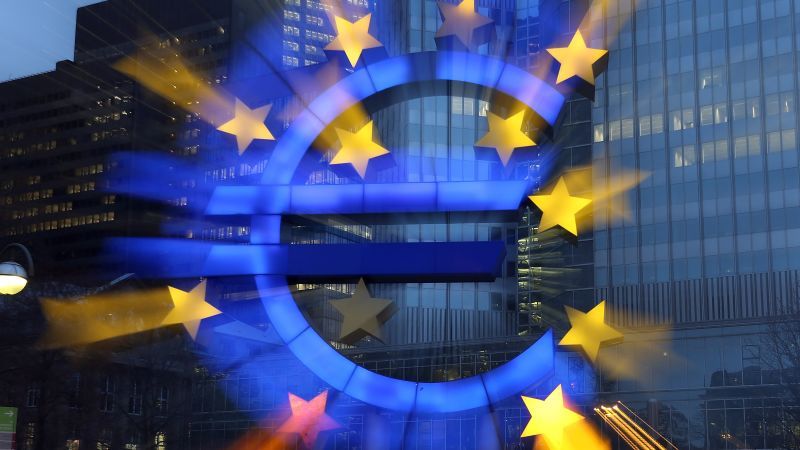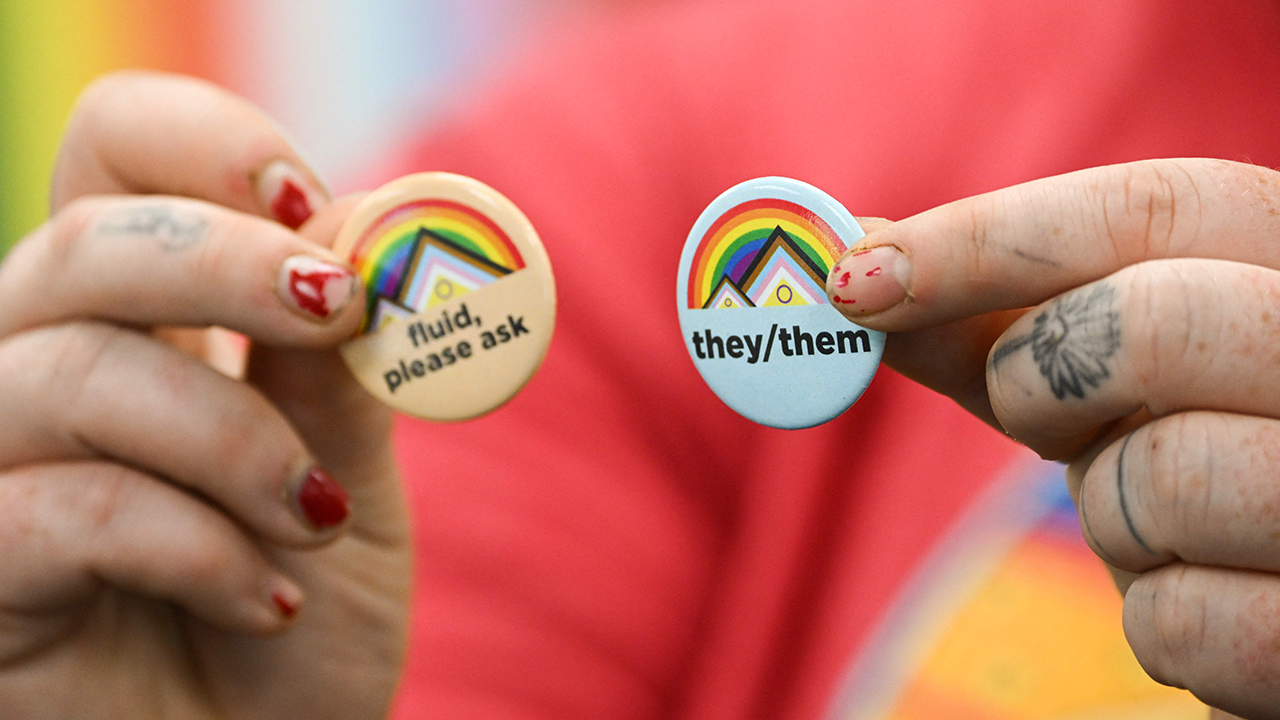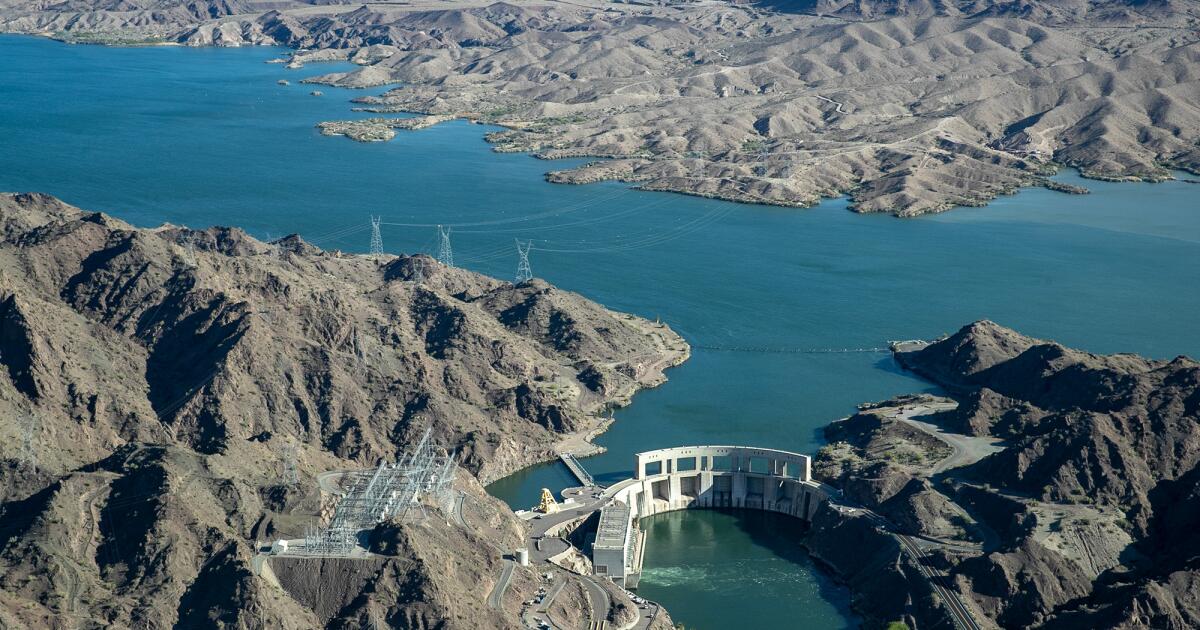cnn
—
Here's a look at the eurozone. Twenty countries in the European Union use the euro as their currency and form the eurozone.
The eurozone countries are: Austria, Belgium, Croatia, Cyprus, Estonia, Finland, France, Germany, Greece, Ireland, Italy, Latvia, Lithuania, Luxembourg, Malta, Netherlands, Portugal, Slovakia, Slovenia and Spain.
January 1, 1999 – The euro is introduced.
The “convergence criteria” or requirements for a member country to use the euro as the currency of the Maastricht Treaty of the European Union:
– Annual budget deficits must not exceed 3% of gross domestic product.
– Public debt must be less than 60% of gross domestic product.
– The country must have exchange rate stability.
– Inflation rates must be within 1.5% of the three EU countries with the lowest rate.
– Long-term interest rates must be within 2% of the three lowest interest rates in the EU.
Denmark does not use the euro and is not required to be part of the eurozone.
Bulgaria, the Czech Republic, Hungary, Poland, Romania and Sweden belong to the EU, but do not currently meet the criteria to join the eurozone. Each has committed to joining once they meet the criteria.
Eurozone financial indicators
February 1992 – The Treaty of Maastricht (officially, the Treaty on European Union) is signed by the 12 member countries of the European Community. It includes provisions for an Economic and Monetary Union (EMU).
May 1998 – Austria, Belgium, Finland, France, Germany, Ireland, Italy, Luxembourg, Netherlands, Portugal and Spain are confirmed to meet the conditions necessary to adopt the euro.
June 1998 – The European Central Bank is established in Frankfurt, Germany, to manage the new common currency.
January 1, 1999 – The euro is launched, in non-physical form. It can be negotiated electronically and used in traveler's checks.
September 2000 – Denmark rejects the adoption of the euro in a referendum.
January 2001 – Greece joins the eurozone after initially being rejected.
January 1, 2002 – Banknotes and coins are introduced into the eurozone countries.
February 2002 – The euro becomes the single currency of the member countries of the eurozone.
2007 – Slovenia becomes the first former communist country to use the euro.
2008 – Malta and Cyprus, controlled by Greece, join the eurozone.
2009 – Slovakia joins the eurozone.
2011 – Estonia joins the eurozone.
August 12, 2011 – The European Securities and Markets Authority imposes a ban on short selling of shares in France, Italy, Spain and Belgium in response to extreme stock market volatility.
September 15, 2011 – The European Central Bank, the Federal Reserve, the Bank of England, the Bank of Japan and the Swiss National Bank announce a coordinated plan to inject dollars into the European financial system in an effort to increase liquidity throughout the eurozone. The banks will hold three auctions of US dollars, maturing in three months, through the end of the year with the aim of providing US dollars to struggling European banks that need the currency to fund loans and pay debts.
November 30, 2011 – The United States Federal Reserve, together with the central banks of the eurozone, England, Japan, Switzerland and Canada, announce a coordinated plan to lower the prices of liquidity swaps in dollars starting December 5 and extend these agreements of swap until February 1, 2013.
December 9, 2011 – Most European leaders agree to a new deal to try to resolve the continent's debt crisis, but Britain refuses to back a broader change to the treaty. The agreement includes: handing over the management of EU rescue funds to the European Central Bank and adding 200 billion euros to the resources of the International Monetary Fund.
June 29, 2012 – European leaders reach agreement to create a single supervisory body to oversee eurozone banks, which could use the single currency area's bailout funds, the European Financial Stability Facility or the European Stability Mechanism, to help banks directly without increasing governments' debt.
September 12, 2012 – The German Constitutional Court rules against a group of conservative politicians who sought an injunction that would prevent Germany from ratifying the treaty governing the European Stability Mechanism.
November 15, 2012 – The eurozone officially enters recession. It is the second recession since 2009, making it a double dip.
December 13, 2012 – The EU reaches a banking supervision agreement with the European Central Bank.
January 1st, 2014 – Latvia joins the eurozone as the eighteenth member country.
January 1, 2015 – Lithuania joins the eurozone as the nineteenth member country.
January 7, 2015 – Eurostat publishes a report showing that, for the first time since the 2009 crisis, the eurozone fell into deflation in December 2014.
January 22, 2015 – European Central Bank President Mario Draghi announces a new stimulus program involving bond purchases known as “quantitative easing,” aimed at boosting eurozone economies.
December 8, 2016 – The European Central Bank says it will continue its asset purchase program, or quantitative easing, until the end of December 2017, “or beyond, if necessary.”
January 17, 2017 – Otmar Issing, the first chief economist of the European Central Bank, writes in an article for CNN that the euro “may muddle through for some time. But it cannot survive indefinitely” unless fundamental problems such as unemployment, debt and slow growth are addressed.
November 23, 2017 – Bloomberg News reports that the euro zone is on track for its best economic performance since the financial crisis, with the fastest increase in hiring in 17 years.
December 6, 2017 – The European Commission publishes a package of proposals aimed at deepening Europe's economic and monetary union as a safeguard against future financial crises. “The overall objective is to improve the unity, efficiency and democratic accountability of Europe's Economic and Monetary Union by 2025,” the Commission said in a statement.
June 14, 2018 – The European Central Bank announces that it will stop its bond purchasing program at the end of December. At that point, it will have created almost €2.7 trillion ($3.1 trillion) in new money for the program over three years. The end of money printing means the central bank believes the economy no longer needs emergency support.
October 2022 – Eurozone inflation hits an all-time high of 10.7%, up from 9.9% in September, while energy and food prices in the region continue to skyrocket.
January 1, 2023 – Croatia joins the eurozone as the twentieth member country.












